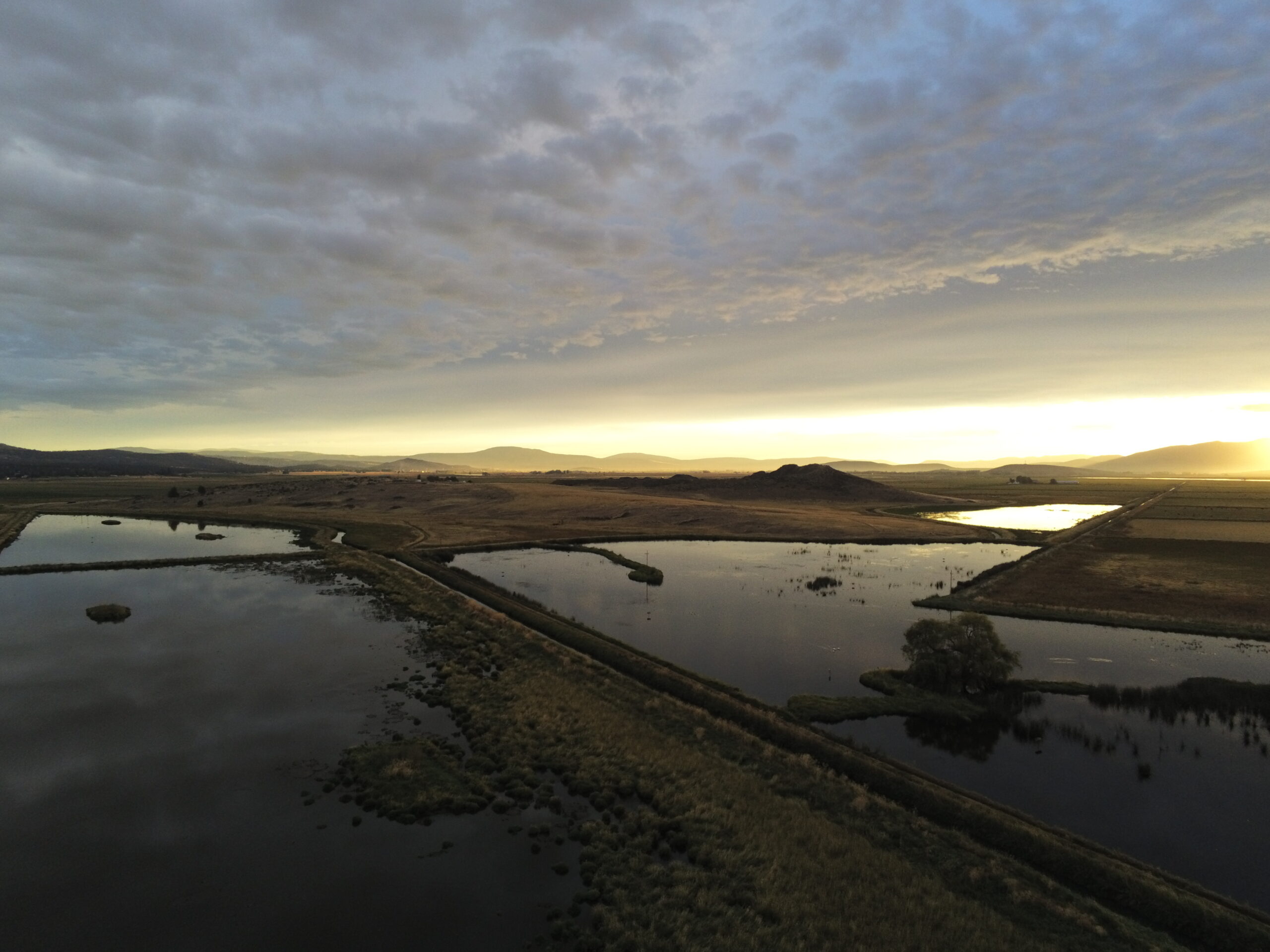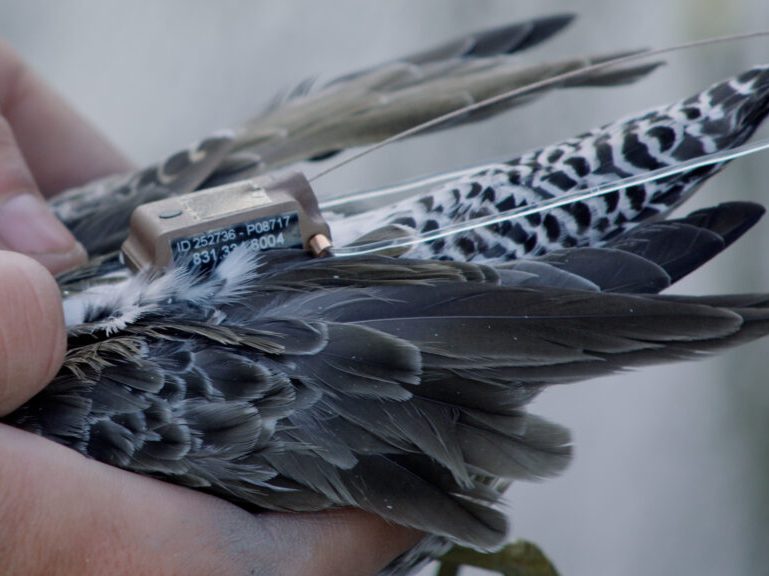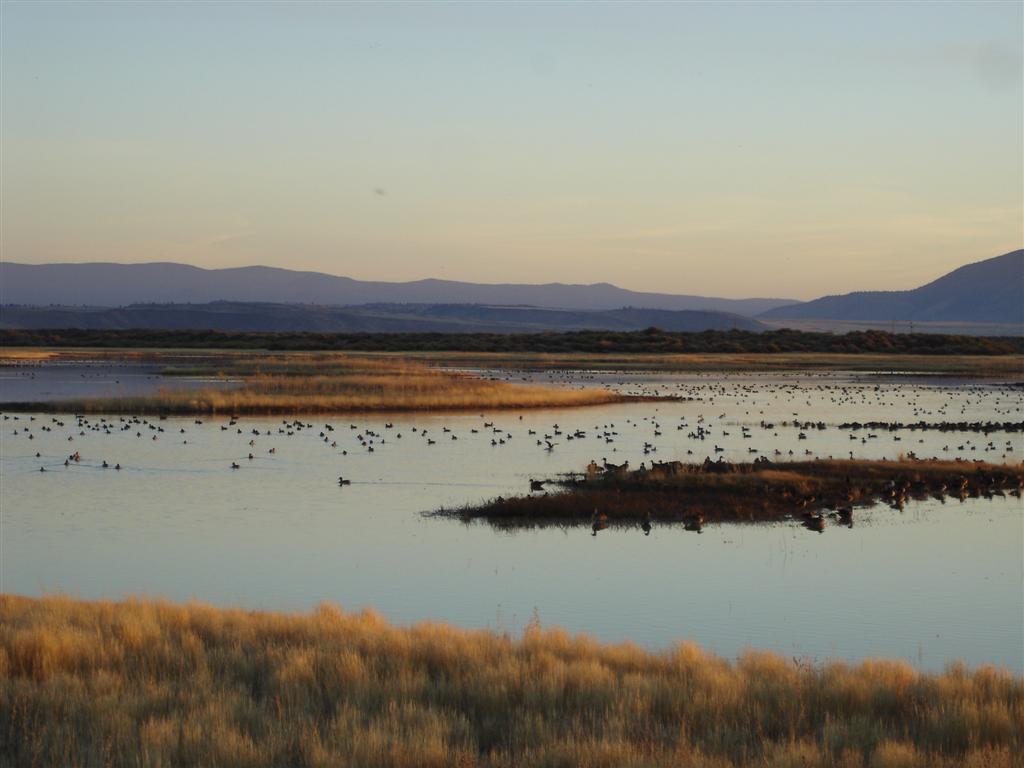-

·
Intermountain Insights: Wetland Loss in the Pacific Flyway
A study from the Intermountain West Joint Venture and partners, Functional wetland loss drives emerging risks to waterbird migration networks, identified trends of severe wetland drying in the Southern Oregon Northeastern California (SONEC) region and California’s Central Valley, two of the most significant sites for migratory waterbirds in the Pacific Flyway. The good news? Managers can…
-

·
Public Lands and Private Waters
Plan of work outlines the implementation of spatially explicit inventory and monitoring project to map summer habitats for greater (Centrocercus urophasianus) and Gunnison sage-grouse (C.u. minimus; herein sage-grouse) across occupied habitat (Schroeder et al. 2004), to include Priority Areas for Conservation (PAC) identified by the U.S. Fish and Wildlife Service Conservation Objectives Team (2013 COT…







